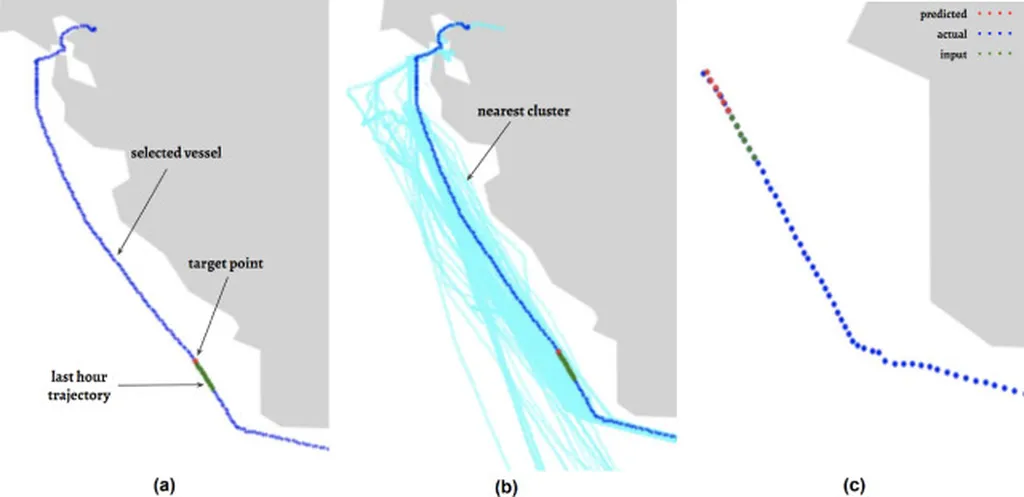Researchers at the University of Melbourne, including Md Mahbub Alam, Jose F. Rodrigues-Jr, and Gabriel Spadon, have developed a groundbreaking framework for enhancing maritime safety through advanced trajectory prediction and collision risk assessment. Their work addresses a critical gap in existing data-driven models, which primarily focus on single-vessel forecasting and often overlook the complex interactions between multiple vessels and the navigation rules that govern maritime travel.
The researchers present a transformer-based framework designed to predict the trajectories of multiple vessels simultaneously while integrating collision risk analysis. This innovative approach identifies nearby vessels to a given target vessel and predicts their future paths through parallel streams that encode both kinematic and derived physical features. The framework leverages causal convolutions to capture temporal locality, spatial transformations for positional encoding, and hybrid positional embeddings to capture both local motion patterns and long-range dependencies.
By evaluating the model on large-scale real-world AIS (Automatic Identification System) data, the researchers demonstrated superior forecasting capabilities compared to traditional single-vessel displacement error metrics. The framework’s ability to simulate interactions among predicted trajectories allows it to quantify potential collision risks, providing actionable insights for maritime safety and decision support.
This research represents a significant advancement in maritime technology, offering a more holistic approach to trajectory prediction that considers the dynamic and interactive nature of vessel movements. The framework’s integration of collision risk assessment could play a pivotal role in enhancing situational awareness and preventing maritime accidents, ultimately contributing to safer and more efficient maritime operations. Read the original research paper here.

